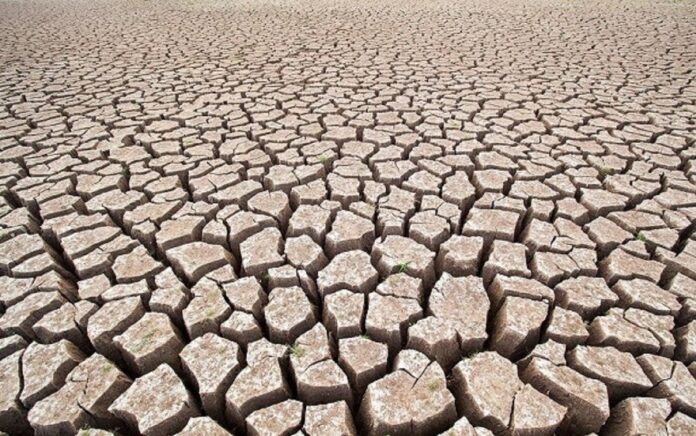A new report by the UN Convention to Combat Desertification (UNCCD), launched at the UNCCD’s COP16 held in Riyadh, Saudi Arabia, on 2-13 December, warns that more than three-quarters of the land on Earth has become permanently drier in recent decades.
The report, ‘The Global Threat of Drying Lands: Regional and global aridity trends and future projections’, states that 77.6% of Earth’s land experienced drier conditions during the three decades leading up to 2020 compared to the previous 30-year period.
Over this period, drylands expanded by about 4.3 million km2 – an area nearly a third larger than India – covering 40.6% of all land on Earth (excluding Antarctica). It also finds that in recent decades 7.6% of global land – an area larger than Canada – was pushed across aridity thresholds (i.e. from non-drylands to drylands, or from less arid dryland classes to more arid classes). Most of the areas that have transitioned were previously humid landscapes that have now become drylands, with researchers warning that failure to curb greenhouse gas emissions (GHGs) would result in another 3% of the world’s humid areas becoming drylands by the end of this century.
Launching the report, UNCCD Executive Secretary Ibrahim Thiaw said: “This analysis finally dispels an uncertainty that has long surrounded global drying trends. For the first time, the aridity crisis has been documented with scientific clarity, revealing an existential threat affecting billions around the globe.
“Unlike droughts – temporary periods of low rainfall – aridity represents a permanent, unrelenting transformation. Droughts end. When an area’s climate becomes drier, however, the ability to return to previous conditions is lost. The drier climates now affecting vast lands across the globe will not return to how they were, and this change is redefining life on Earth.”
As the planet continues to warm, the report’s worst-case scenario projections suggest up to 5 billion people could live in drylands by the end of the century, with dire implications for the wellbeing of people and the environment.
The report’s authors provide a comprehensive roadmap for tackling aridity, emphasising mitigation and adaptation, and recommending a strengthening of aridity monitoring, improved land use practices, investments in water efficiency, resilience building, and the development of international frameworks for improved cooperation.








